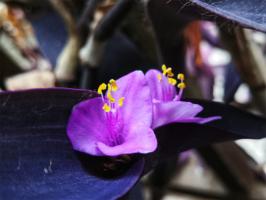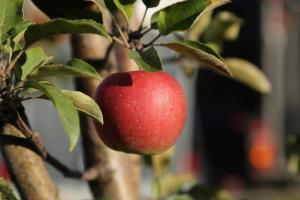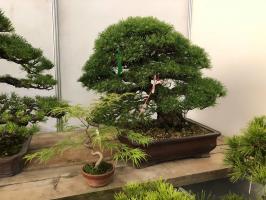How to Plant and Care for Wildlife Trees
Planting and caring for wildlife trees is an important step in protecting the environment and the diverse wildlife that depends on it. Not only do these trees provide shelter and nesting sites for birds and other small animals, they also contribute to the overall health of the ecosystem. Here are some tips on how to successfully plant and care for wildlife trees:
Choosing the Right Species
The first step in planting wildlife trees is to choose the right species for the area. Make sure to research the native trees in your region that can provide food, shelter, and habitat for local wildlife. Some popular species include oak, hickory, and maple. It’s important to choose trees that can thrive in the soil, light conditions, and climate of your area. Trees that are well-suited to the local environment are more likely to adapt and support wildlife.
Preparing the Site
Once you’ve selected the species, it’s time to prepare the site for planting. Clear any debris, weeds or invasive plants that may compete with the newly planted trees for soil nutrients and water. Add a layer of compost to enrich the soil and improve drainage. Plan the location of the trees carefully, ensuring they have enough space to grow and develop without interfering with power lines or buildings. Finally, dig large enough holes for the root ball and make sure it’s level with the soil surface after planting.
Watering and Maintenance
Regular watering is essential for newly planted trees to establish their root systems. You should water the tree deeply once a week during the first couple of years after planting, especially during dry spells. However, avoid overwatering, which can lead to waterlogged soil and root rot. Additionally, add a layer of mulch around the base of the tree, which will help retain moisture, moderate soil temperature, and suppress weed growth. Finally, inspect your wildlife trees regularly for pests and diseases, and prune dead or damaged branches as necessary to promote healthy growth.
Encouraging Wildlife
To encourage wildlife to use the newly planted trees as habitat, consider installing birdhouses or bird feeders on or near the trees. You can also add nesting boxes for other small creatures like squirrels, bats, or bees. Additionally, avoid using pesticides or herbicides on or near wildlife trees, as they can harm or kill the very wildlife you are trying to attract. Lastly, leave dead or dying trees on the property if safe to do so, as they provide valuable habitat for many species.
In Conclusion
Planting and caring for wildlife trees is a great way to support the environment and create a welcoming environment for local wildlife. By selecting native species, preparing the site carefully, and maintaining the trees properly, you can create a thriving ecosystem that will benefit the next generation and help protect the planet for years to come.

 how many times do yo...
how many times do yo... how many planted tre...
how many planted tre... how many pine trees ...
how many pine trees ... how many pecan trees...
how many pecan trees... how many plants comp...
how many plants comp... how many plants can ...
how many plants can ... how many plants and ...
how many plants and ... how many pepper plan...
how many pepper plan...





























